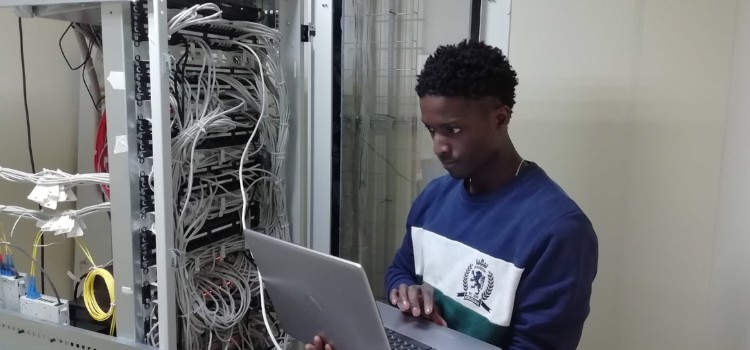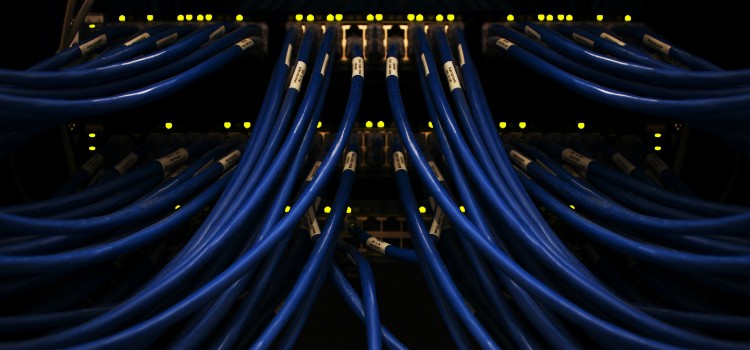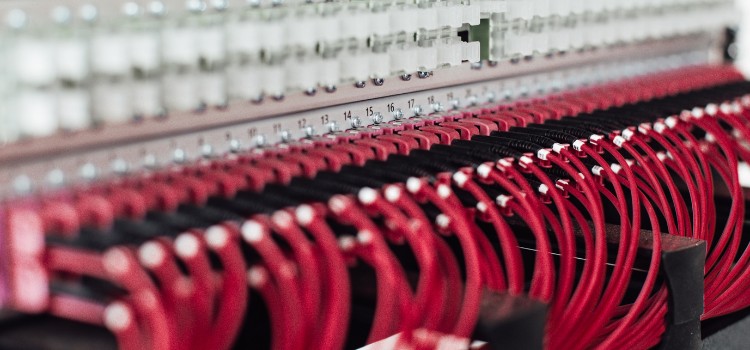As an Amazon Associate, I earn from qualifying purchases
Transferring responsibility from your Plex server to a different computer can appear like an ambitious task, but with proper techniques and advice, it should be straightforward and straightforward rules and regulations. In this blog post, we will walk you through the necessary steps to successfully move your Plex server to a new computer, ensuring that all your media and settings are transferred seamlessly.

Whether you’re upgrading your hardware or simply need to switch to a new device, this guide will help you make the transition with ease. Let’s begin establishing ourselves with instructions so you are able to immediately set up your Plex server on your freshly acquired machine.
Back up your Plex Media Server Data
Before you move your Plex server to another computer, it’s important to back up your media server data. This includes all your media files, metadata, and settings. You can do this by accessing the Plex web app and going to Settings > Server > Backup. Your company’s server’s data may later be completely backed up and stored on a hard drive that is external or cloud-based. You can subsequently relocate your Plex client to the fresh system after the backup is performed.
It’s crucial to take the right actions to guarantee the successful transfer of all of your files and settings. Complete instructions for doing this might be found on the Plex Care website or in the online communication channels. By backing up your Plex media server data and following the proper steps to move it to another computer, you can ensure that all your media and settings are preserved and that your transition to the new computer is seamless.
Install Plex Media Server on the new computer.

To install Plex Media Server on your new computer, you’ll need to download the Plex Media Server application from the Plex website. Before downloading begins, install the server on the freshly acquired machine by following the given suggestions. After installing, you can then transfer your backed-up media server data to the new computer to ensure that all your media files, metadata, and settings are preserved.
For sure, everything goes smoothly on the newer computer, so it’s paramount that you execute the right processes. Additionally, you can refer to the Plex support website or community forums for detailed instructions on how to complete the installation and transfer process. By following these steps, you can have your Plex server up and running on your new computer in no time.
Restore Your Plex Media Server Data
To restore your Plex Media Server data, it’s important to follow the proper steps to ensure that your media and settings are transferred successfully. Complete instructions for doing this can be found on the Plex support website or in the neighborhood groups. By backing up your Plex media server data and following the proper steps to move it to another computer, you can ensure that all your media and settings are preserved and that your transition to the new computer is seamless.
First, you’ll need to install Plex Media Server on the new computer. You can download the Plex Media Server application from the Plex website and follow the installation instructions to set up the server on your new computer. Once installed, you can then transfer your backed-up media server data to the new computer to ensure that all your media files, metadata, and settings are preserved. In order to ensure that there is no disruption to the replacement computer, it’s critical to adhere to the right techniques.
Additionally, you can refer to the Plex support website or community forums for detailed instructions on how to complete the installation and transfer process. By following these steps, you can have your Plex server up and running on your new computer in no time. Remember to take your time and ensure that all the steps are completed accurately to avoid any potential issues with your Plex Media Server data.
Update your libraries and settings.
When you’re moving your Plex media server to a new computer, it’s important to back up your data to ensure that all your media and settings are preserved. First, you’ll need to install Plex Media Server on the new computer by downloading the application from the Plex website and following the installation instructions. Once installed, transfer your backed-up media server data to the new computer to ensure that all your media files, metadata, and settings are preserved.
For there to be an effortless switch to a new computer, it’s crucial to follow the appropriate techniques. You can also refer to the Plex support website or community forums for detailed instructions on how to complete the installation and transfer process. By following these steps, you can have your Plex server up and running on your new computer in no time. Just make sure to take your time and complete all the steps accurately to avoid any potential issues with your Plex Media Server data.
Test Your Plex Media Server on the New Computer

After transferring your Plex Media Server to a new computer, it’s important to test it to ensure that everything is working properly. Start by opening the Plex Media Server application on your new computer and checking that all your media libraries are showing up correctly. You can also try playing a few different types of media to make sure that your server is functioning as it should.
For diagnostic advice, see the Plex support website or the community discussion boards if you run into any issues with your installation. It’s also a good idea to check that your server is accessible from other devices on your network to verify that the transfer was successful. By testing your Plex Media Server on the new computer, you can ensure that everything is working smoothly and address any potential issues before they become larger problems.
conclusion
Moving your Plex server to another computer can be a daunting task, but with the right steps and precautions, it can be done successfully. It’s important to back up your data, deactivate your server, transfer the files to the new computer, and then reactivate your server. My Plex server will benefit from an effortless connection and minimal interruption if you follow the steps provided.
Frequently Asked Questions
How do I move my Plex server to another computer?
To move your Plex server to another computer, you will need to first ensure that your media files are accessible on the new computer. Then, you can install the Plex Media Server software on the new computer and sign in with your existing account. Finally, you can go to “Settings” and select “Server” to set up your media libraries and other settings on the new computer.
Will I lose my settings and libraries when moving the Plex server to a new computer?
No, as long as you sign in with your existing account on the new computer, your settings and libraries should be transferred over. However, it is always a good idea to back up your settings and libraries before making any major changes.
Can I access my Plex server remotely after moving it to a new computer?
Yes, as long as you have set up remote access on your new computer and have signed in with your existing account, you should be able to access your Plex server remotely just as you did before.
Do I need to uninstall Plex from the old computer after moving the server?
It is recommended to uninstall Plex from the old computer after moving the server to avoid any conflicts or confusion.
What should I do if I encounter any issues during the process of moving my Plex server to a new computer?
If you encounter any issues, you can refer to the Plex support documentation or community forums for assistance. You can also reach out to Plex support for help with troubleshooting any problems.
Amazon and the Amazon logo are trademarks of Amazon.com, Inc, or its affiliates.